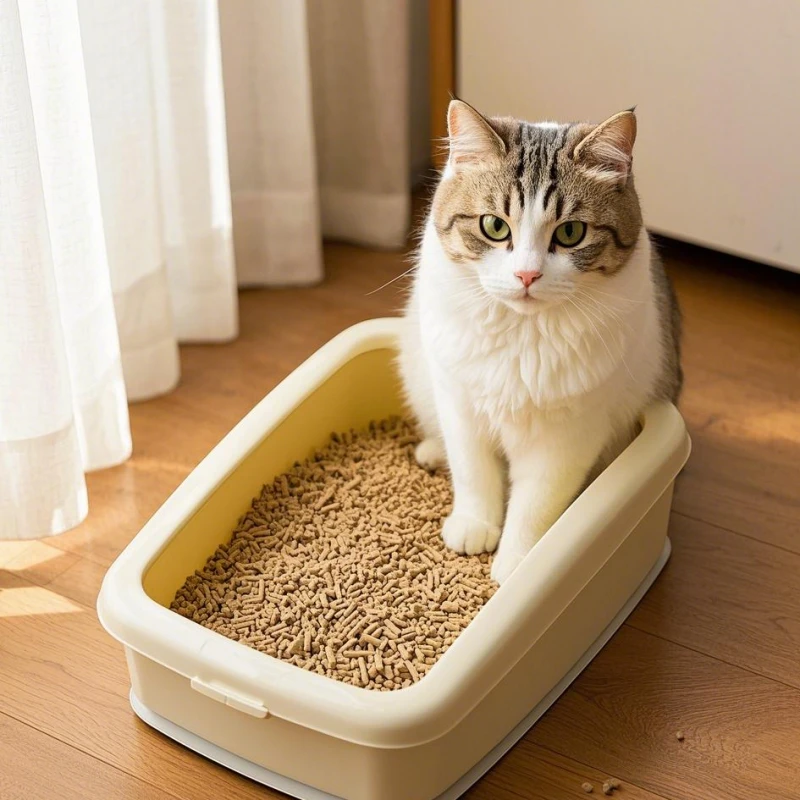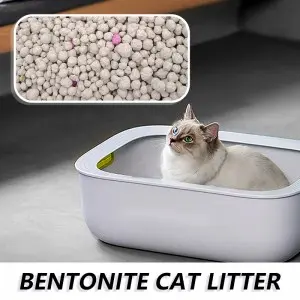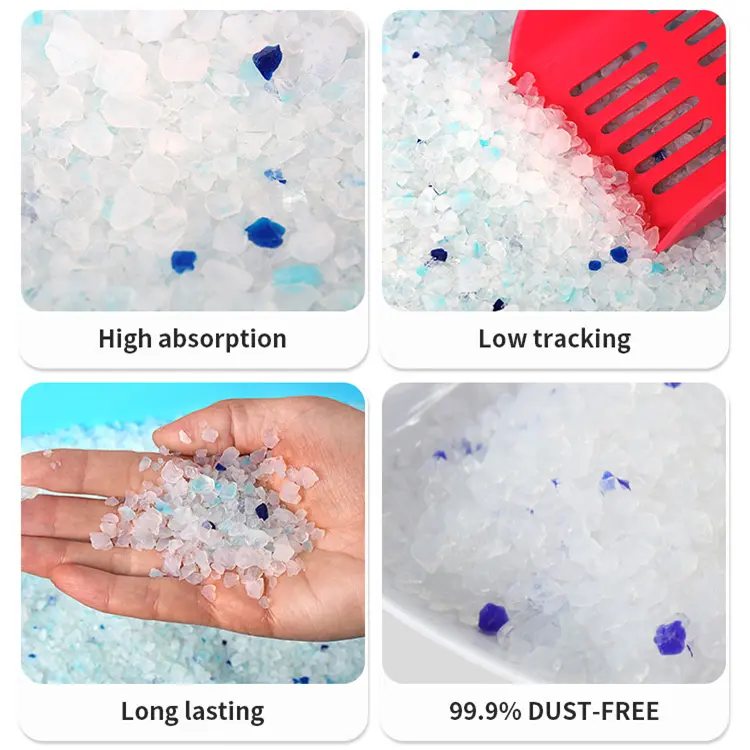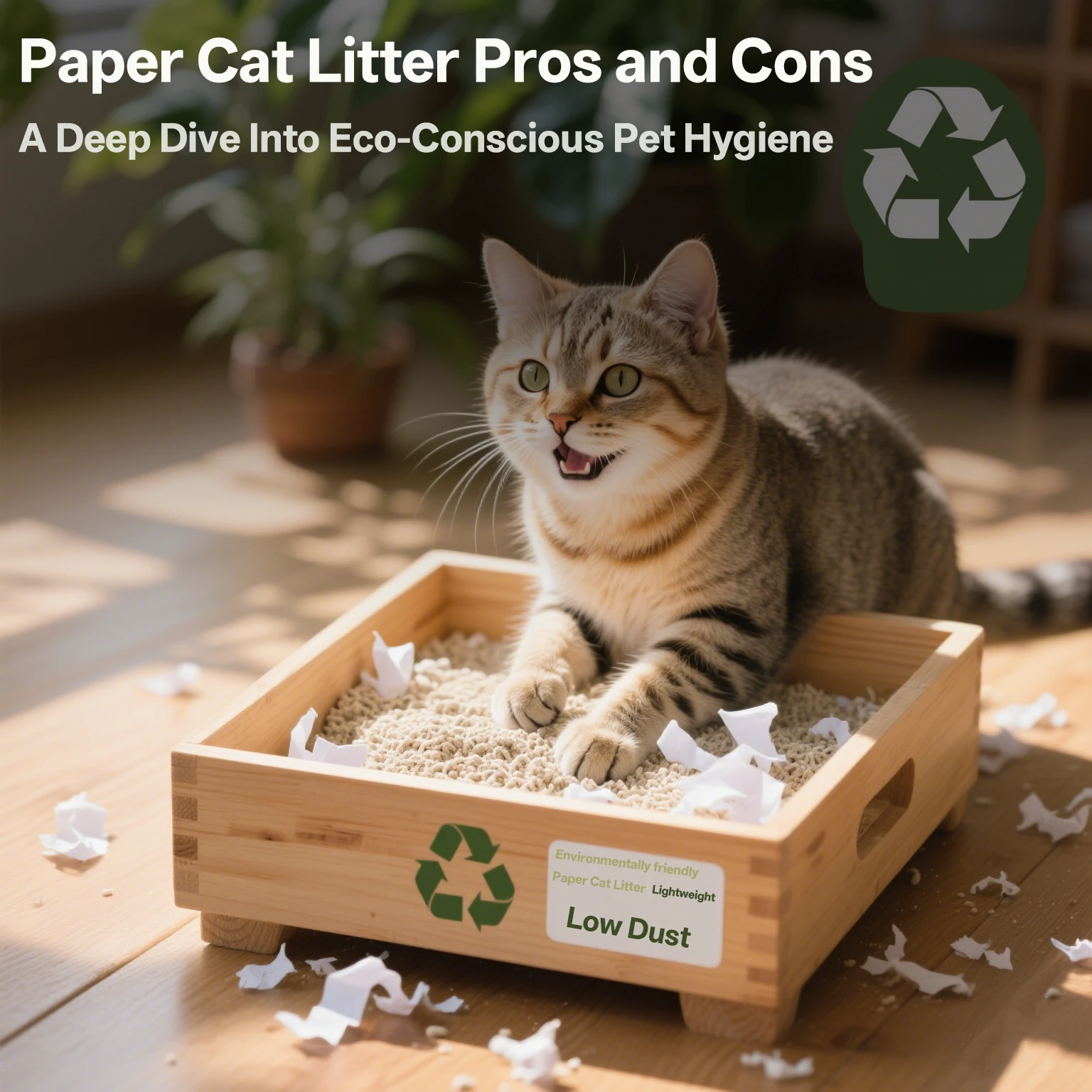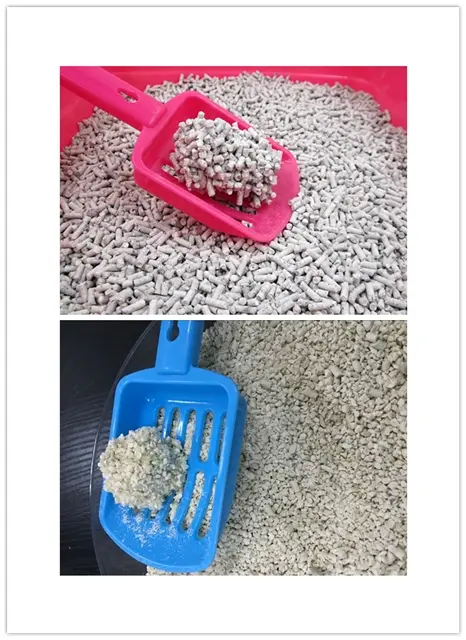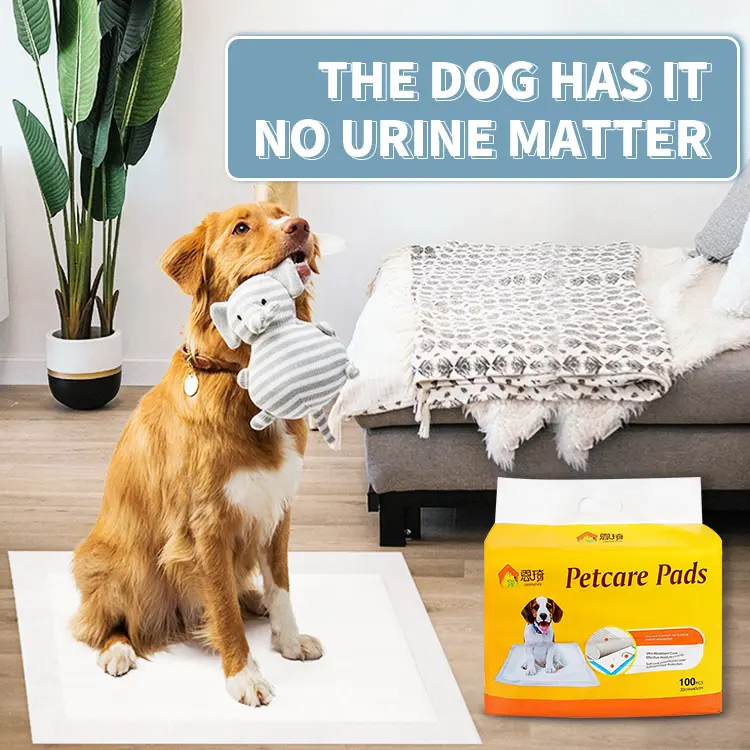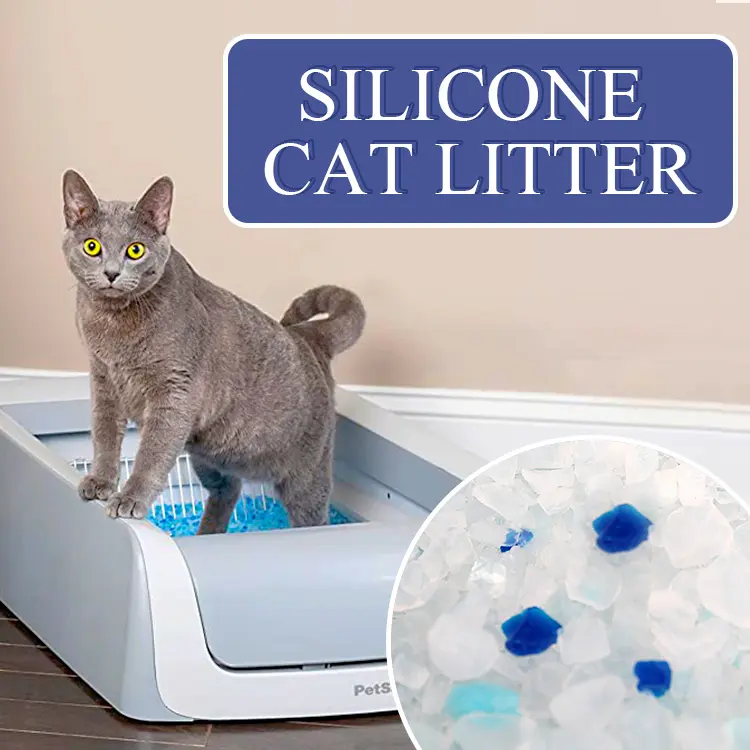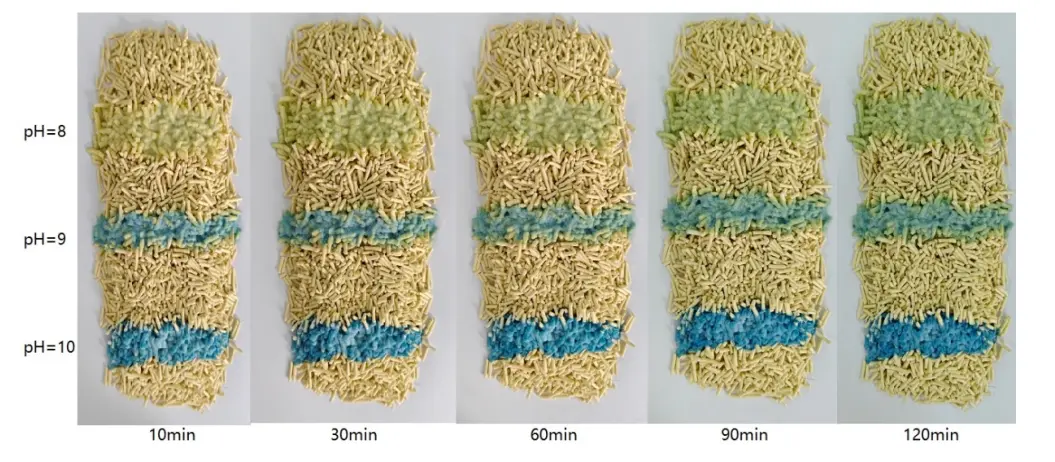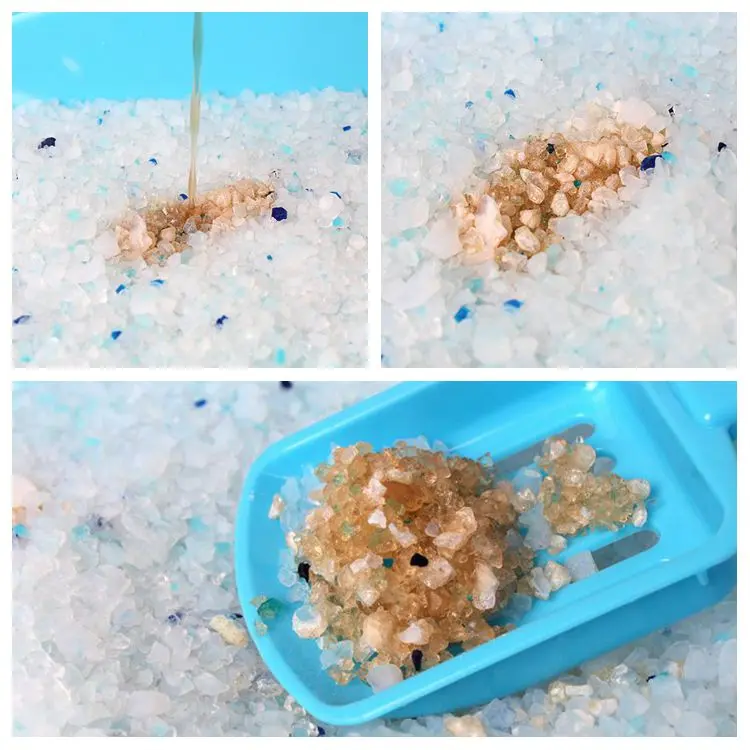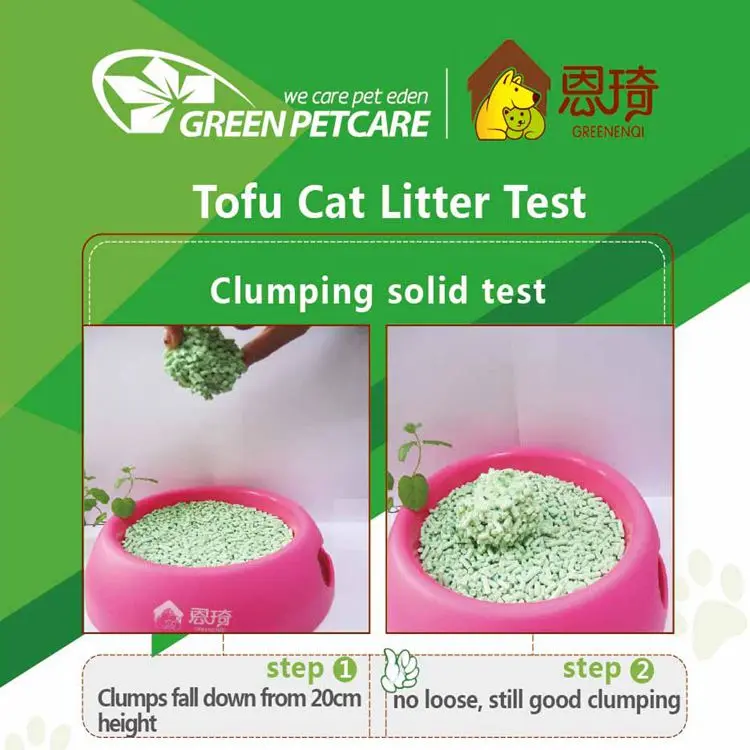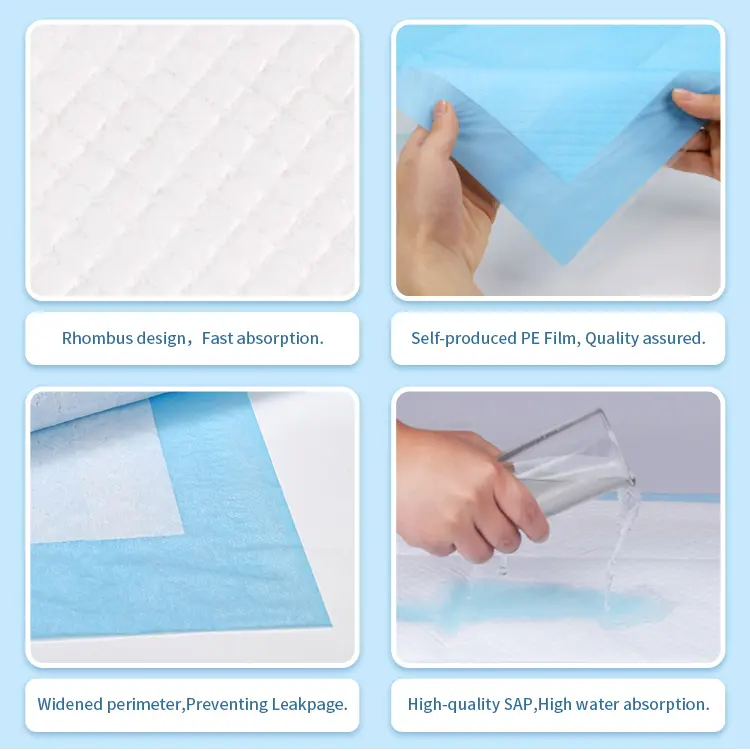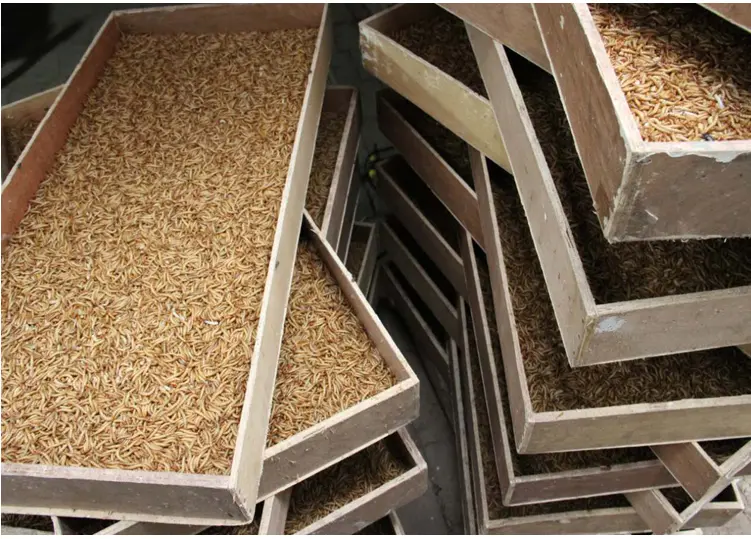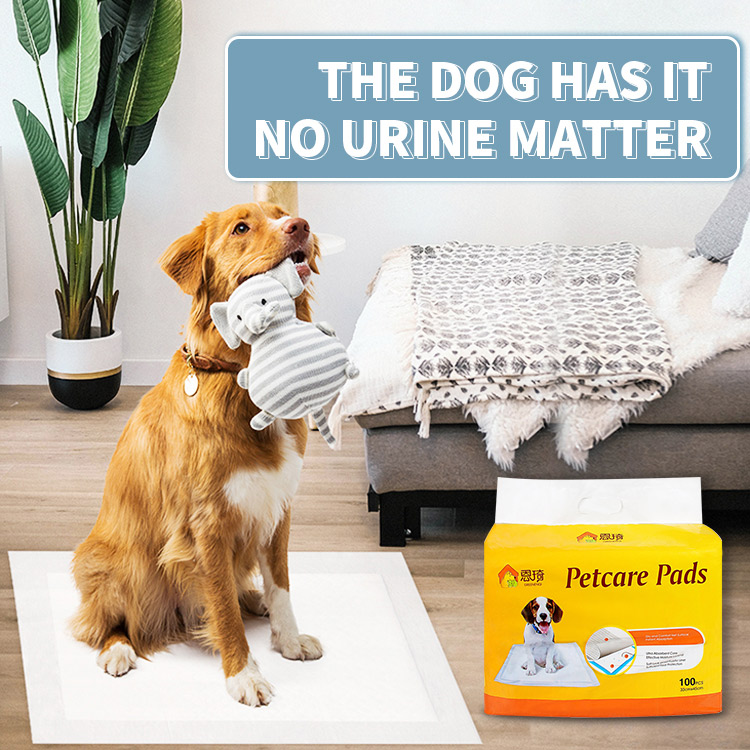How to Use Cat Litter: The Complete Guide for Pet Owners
Using cat litter may seem straightforward, but the right knowledge can significantly improve your cat’s comfort, hygiene, and your overall household cleanliness. This article will guide you through the proper techniques for using cat litter, the different types available, how often to clean the litter box, and what to do for both your cat and the environment.
Why Cat Litter Matters
Cat litter serves more than just a simple function of absorbing waste; it plays a crucial role in maintaining your cat’s hygiene and your home's cleanliness. A well-maintained litter box can prevent unpleasant odors, deter pests, and help avoid health issues like urinary tract infections. But to achieve these benefits, it’s important to know how to use it effectively.
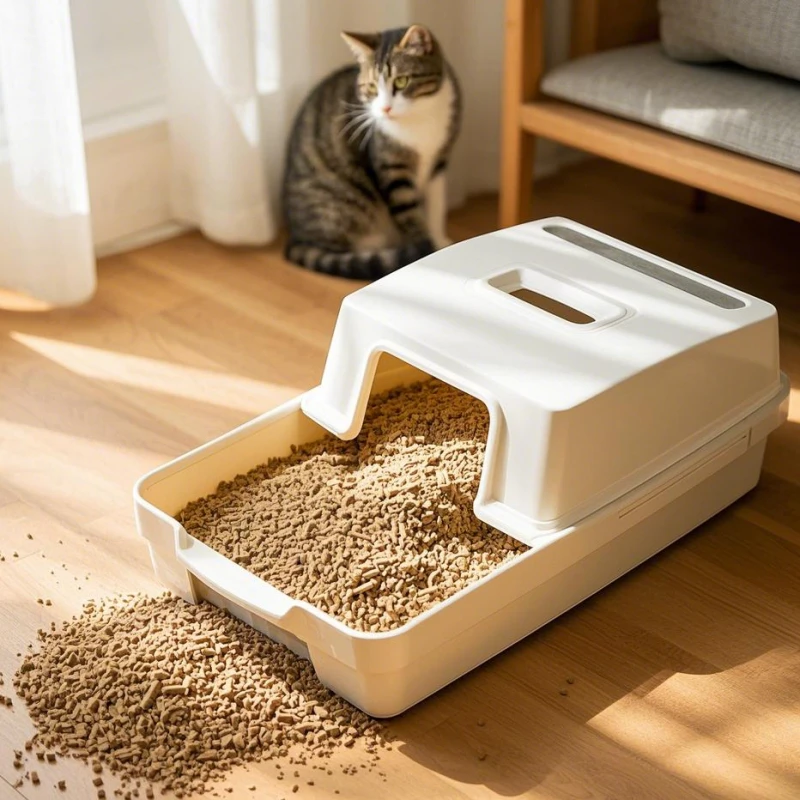
Types of Cat Litter
When choosing the best cat litter, it’s essential to consider several factors: ease of use, odor control, absorbency, and environmental impact. Let’s explore the different types of cat litter available:
Clumping vs. Non-Clumping Litter
Clumping litter forms solid clumps when it comes in contact with moisture, making it easier to scoop out waste. Non-clumping litter absorbs liquid but does not form clumps.
| Feature | Clumping Litter | Non-Clumping Litter |
|---|---|---|
| Ease of Cleaning | Easy to scoop and remove waste | Harder to clean; waste is spread out |
| Odor Control | Excellent, as waste is isolated | Moderate, can require more frequent cleaning |
| Absorbency | High, clumps seal moisture | Moderate; needs regular replacement |
| Price | Generally more expensive | More affordable |
Natural vs. Synthetic Litter
Natural litters are made from biodegradable materials, like wood, corn, or wheat. Synthetic litters are typically made from clay, often treated with chemicals.
| Feature | Natural Litter | Synthetic Litter |
|---|---|---|
| Environmental Impact | Biodegradable, eco-friendly | Non-biodegradable, contributes to landfill |
| Absorbency | Varies by type (excellent for corn, moderate for wood) | High (especially for clay-based) |
| Odor Control | Generally good, but depends on material | Excellent, especially for clumping varieties |
| Price | Can be higher, depending on material | Lower, especially for clay-based |
Other Litter Options
Silica Gel Litter: Made from crystals that absorb moisture and neutralize odors. It requires less frequent changing but can be costly.
Recycled Paper Litter: Made from recycled paper and an eco-friendly alternative for those concerned about environmental impact.
How to Properly Use Cat Litter
Using cat litter correctly involves more than just pouring it into a box. Here’s a step-by-step guide:
Choose the Right Litter Box:
The box should be large enough for your cat to turn around comfortably (generally at least 1.5 times the size of your cat).
Choose a high-sided box for cats that tend to scatter litter or a low-sided box for kittens or elderly cats.
Covered boxes can contain odors better but might be less desirable for some cats.
Add the Correct Amount of Litter:
Aim for a depth of about 2-3 inches of litter. Too little and it won’t absorb waste effectively; too much can make it harder for your cat to dig.
Place the Litter Box in a Quiet Area:
Cats prefer privacy when using the litter box. Avoid placing it in high-traffic areas or next to food and water bowls.
Scoop Regularly:
Clean the box daily, ideally scooping out solid waste and clumps. If you have multiple cats, you may need to scoop more frequently.
Wash the Litter Box Weekly:
Once a week, wash the box with warm water and mild soap to prevent odor buildup and bacteria growth. Avoid harsh chemicals that can irritate your cat’s sensitive nose.
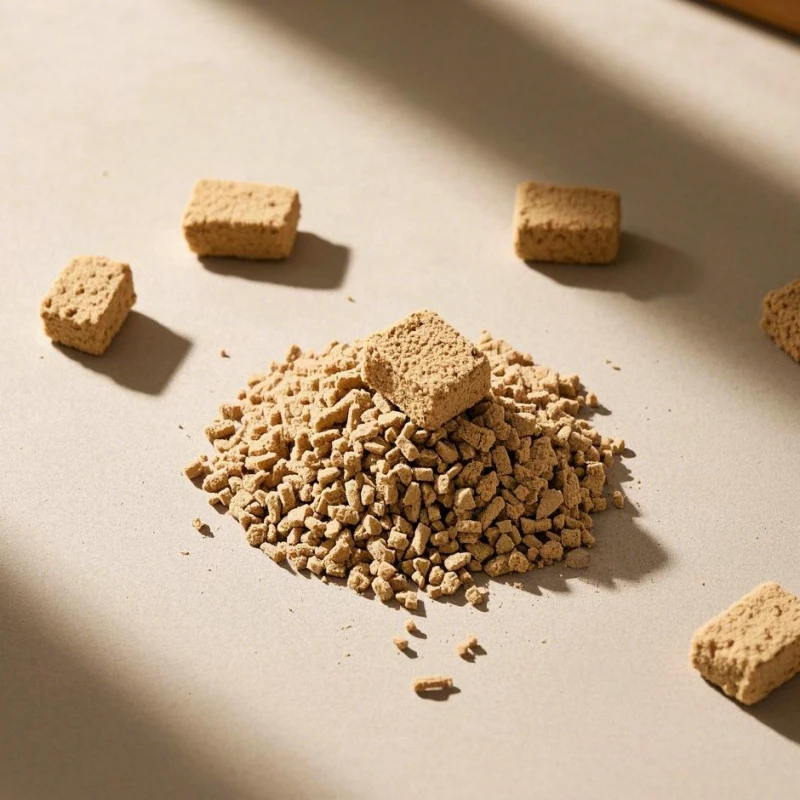
How Often Should You Change Cat Litter?
The frequency with which you should change your cat's litter depends on the type of litter you use, the number of cats in the household, and how often you scoop.
Litter Change Frequency by Type
| Litter Type | Change Frequency |
|---|---|
| Clumping Litter | Change completely every 2-3 weeks |
| Non-Clumping Litter | Change completely weekly |
| Silica Gel Litter | Change every 1-2 months (depending on usage) |
| Natural Litter (e.g., wood) | Change every 1-2 weeks |
Health & Hygiene Benefits
Using cat litter properly ensures both you and your cat stay healthy. Here are the key hygiene benefits:
Prevention of Urinary Tract Infections (UTIs): Proper litter use can prevent cats from developing UTIs by ensuring they have a clean, safe place to eliminate waste.
Reduced Parasite Exposure: Clean litter prevents your cat from spreading parasites or bacteria that could affect both pets and humans.
Odor Control: A clean, well-maintained litter box will reduce odors that could attract flies or other pests, contributing to a cleaner home environment.
How to Dispose of Cat Litter
Proper disposal of used cat litter is important for both environmental and health reasons. Follow these guidelines:
Do Not Flush: Avoid flushing litter down the toilet, as it can clog plumbing and is harmful to the environment.
Dispose in Trash: Use a biodegradable bag for waste disposal. Some litters offer eco-friendly options for disposal.
Composting: Some natural litters can be composted (e.g., wood, paper-based), but only if you’re sure your compost is hot enough to kill bacteria.
Environmental Impact and Alternatives
While traditional clay-based litters are effective at absorbing moisture, they are not eco-friendly due to their non-biodegradable nature. Fortunately, there are alternatives.
Eco-Friendly Cat Litter Alternatives
Corn-based Litter: 100% biodegradable and has great clumping abilities.
Wood-based Litter: Often made from sawdust or wood pellets, it is biodegradable and has a pleasant natural scent.
Recycled Paper Litter: A sustainable option, though it may not clump as well.
Environmental Comparison:
| Litter Type | Environmental Impact | Biodegradable |
|---|---|---|
| Clay-based Litter | High (non-renewable) | No |
| Corn-based Litter | Moderate (renewable) | Yes |
| Wood-based Litter | Moderate (renewable) | Yes |
| Recycled Paper Litter | Low (recycled) | Yes |
Conclusion
Proper use of cat litter not only ensures your cat's health and comfort but also contributes to maintaining a cleaner home environment. By selecting the right type of litter, scooping regularly, and following proper disposal practices, you can make litter management a breeze. Additionally, opting for eco-friendly alternatives can help minimize your environmental footprint.
If you’re looking for high-quality pet products, including a wide variety of cat litter options, Green Pet Care Co., Ltd. offers the perfect solutions. Established in 2014, our company specializes in the research, processing, and export of top-tier pet products, including traditional bentonite sand, silica sand, and environmentally-friendly Duofu and corn cat litter. With a monthly sales volume of 2,500 tons of cat litter, we pride ourselves on providing affordable, high-quality products that ensure pets and pet owners enjoy a healthier, safer, and more sustainable experience.
Let Green Pet Care Co., Ltd. help create a green paradise for your pets with our trusted and innovative pet care solutions. Contact us now!
